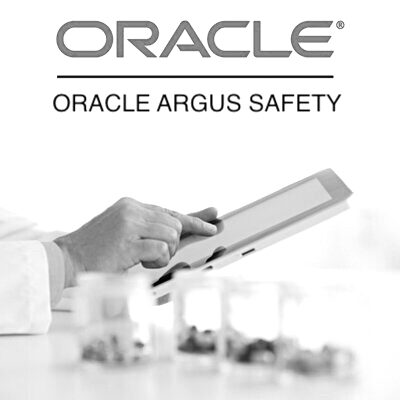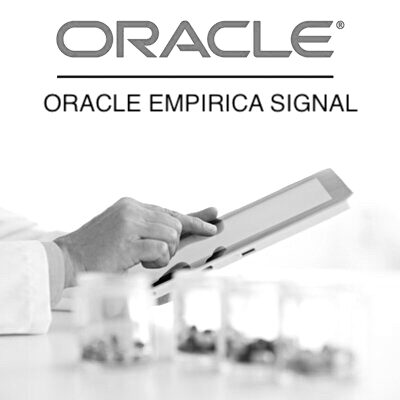Day in the Life of a Pharmacovigilance Manager
A Pharmacovigilance Manager plays a crucial role in monitoring the safety and efficacy of pharmaceutical products and ensuring compliance with regulatory requirements. Here’s a glimpse into a typical day in the life of a Pharmacovigilance Manager:
8:30 AM: Start the day by reviewing emails and prioritizing tasks. Check for any urgent matters or updates from the drug safety team, regulatory authorities, or stakeholders.
9:00 AM: Conduct safety surveillance activities, including reviewing and analyzing adverse event reports and safety data received from various sources such as clinical trials, spontaneous reporting systems, literature, and regulatory submissions. Assess the seriousness and potential causality of reported adverse events.
10:00 AM: Collaborate with cross-functional teams, such as Medical Affairs, Regulatory Affairs, and Clinical Development, to review and evaluate safety data from ongoing clinical trials or post-marketing surveillance studies. Provide guidance on safety signal detection, risk assessment, and risk mitigation strategies.
11:00 AM: Participate in safety review meetings with the drug safety team and other relevant stakeholders. Discuss safety concerns, adverse event trends, and potential safety signals. Provide recommendations for further investigation, risk minimization, or safety-related actions.
12:00 PM: Lunch break. Use this time to recharge and relax.
1:00 PM: Collaborate with the regulatory team to prepare and submit safety reports to regulatory authorities, as required by local regulations and international guidelines. Ensure timely and accurate completion of these reports, such as Periodic Safety Update Reports (PSURs), Development Safety Update Reports (DSURs), or expedited safety reports.
2:00 PM: Review and update standard operating procedures (SOPs) and pharmacovigilance processes to ensure compliance with current regulatory requirements and industry best practices. Stay updated with the evolving regulatory landscape and changes in pharmacovigilance guidelines.
3:00 PM: Provide training and guidance to the drug safety team on safety reporting requirements, case processing, and signal detection. Foster a culture of safety and continuous improvement within the team.
4:00 PM: Collaborate with the Quality Assurance team to conduct audits and inspections of pharmacovigilance systems and processes. Ensure adherence to pharmacovigilance regulations, internal quality standards, and good pharmacovigilance practices.
5:00 PM: Wrap up the day by documenting activities, updating safety databases, and ensuring accurate and complete records of adverse event reports, safety assessments, and regulatory submissions.
6:00 PM: End the workday, maintaining a healthy work-life balance. Take time for personal activities, continuing education, or professional development.
It’s important to note that a Pharmacovigilance Manager’s schedule can vary depending on the size and complexity of the organization, the number of products being monitored, and the current safety landscape. Attention to detail, critical thinking, strong analytical skills, and knowledge of pharmacovigilance regulations are essential for a successful Pharmacovigilance Manager.
You may be interested in the programs below:
-
 eLearning + software
eLearning + softwareOracle Argus Safety Essentials
$599.00 -
 eLearning + software
eLearning + softwareOracle Argus Safety Essentials + Console
$799.00 -
 Live Online
Live OnlineOracle Argus Safety – Live Online
$999.00 -
 Live Online
Live OnlineOracle Argus Safety + Console – Live Online
$999.00 -
 eLearning + software
eLearning + softwareOracle Empirica Signal
$599.00 -
 Live Online
Live OnlineOracle Empirica Signal – Live Online
$999.00 -
 eLearning + software
eLearning + softwareDiploma in Pharmacovigilance
$799.00 -
 eLearning + software
eLearning + softwareArgus Safety – Business Configuration and Administration
$599.00
